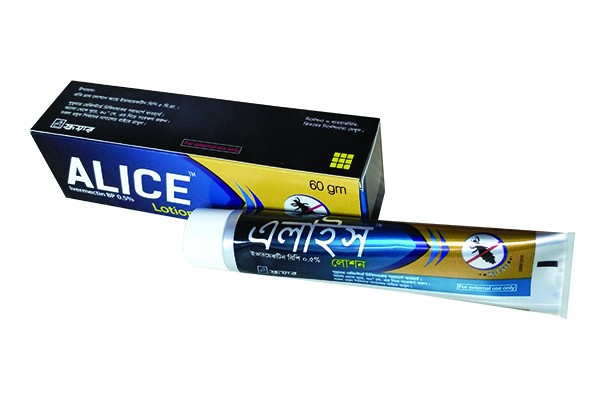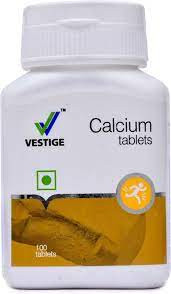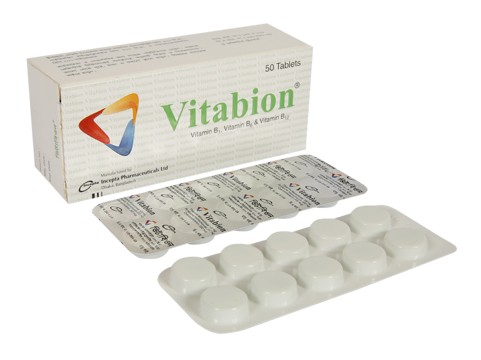Ketotifen is indicated in the prophylactic
treatment of bronchial asthma, symptomatic treatment of allergic
conditions including rhinitis and conjunctivitis.
Cromoglycate & related drugs
Ketotifen has antiallergic properties and has been
used similarly, to Sodium Chromoglycate in the prophylactic treatment of
asthma. It also has the properties of an antihistamine. Ketotifen
possesses marked anti-anaphylactic properties and is effective in
preventing asthmatic attack. Ketotifen exerts sustained inhibitory
effect on histamine reactions, which can be clearly dissociated from its
antianaphylactic properties. Experimental investigations in asthmatic
subjects have shown that Ketotifen is as effective orally as
administered by inhalation as a selective mast cell stabiliser.
Antihistamines were ineffective in those tests. The effectiveness of
Ketotifen has been studied in long term clinical trials. Asthma attacks
were reduced in number, severity and duration and in some cases, the
patients were completely freed from attacks. Progressive reduction of
corticosteroids and/or bronchodilators was also possible. The
prophylactic activity of Ketotifen may take several weeks to become
fully established. Ketotifen will not abort established attacks of
asthma.
Ketotifen is a potent anti-allergic substance
possessing a powerful and sustained non-competitive histamine (H1)
receptor blocking property. Ketotifen inhibits the release of mediators
(e.g histamine, leukotrienes and prostaglandins) from cells responsible
for type-(I) allergic reactions. Ketotifen also stabilizes mast cells,
decreases chemotaxis, activation of degranulation of eosinophils. Also,
it stabilizes mast cells & basophils and inhibits PAF (platelet
activating factor) and is effective in preventing asthmatic attacks.
Adults: 1 mg twice daily with food. If necessary the dose may be increased to 2 mg twice daily in severe cases.
Children above 2 years: 1 mg twice daily with food.
Patient’s known to be easily sedated should begin treatment with 0.5 to 1
mg at night for the first few days or as directed by the physician.
Use in elderly: Same as adult dose or as advised by the physician.
A reversible fall in the platelet count has been
observed in a few patients receiving Ketotifen concomitantly with oral
antidiabetics and it has been suggested that this combination should
therefore be avoided. Since Ketotifen has the properties of the
antihistamines, it may potentiate the effects of other CNS depressant
drugs such as alcohol, antihistamines, hypnotics and sedatives.
A reversible fall in the platelet count has been
observed in a few patients receiving Ketotifen concomitantly with oral
antidiabetic agent and it has been suggested that this combination
should therefore be avoided.
Drowsiness and in isolated cases, dry mouth and
slight dizziness may occur at the beginning of treatment, but usually
disappear spontaneously after a few days.
Although there is no evidence of any teratogenic effect, Ketotifen in pregnancy and lactation is not recommended.
It is important to continue the previous treatment
for a minimum of two weeks after starting Ketotifen to avoid the
possibility of exacerbation of asthma. This applies specially to
systemic corticosteroids and ACTH because of the possible existence of
adrenocortical insufficiency in steroid dependent patient. If
intercurrent infection occurs, Ketotifen treatment must be supplemented
by specific antimicrobial therapy. During the first day of treatment
with Ketotifen, reactions may be impaired and patients should be warned
not to take charge of vehicle or machinery until the effect of Ketotifen
treatment on the individual is known. Patient should be advised to
avoid alcoholic drinks. Ketotifen may potentiate the effects of
sedatives, hypnotic, antihistamines and alcohol.
Symptoms: Drowsiness, confusion, dyspnoea, bradycardia or tachycardia, disorientation, convulsions, severe hypotension, reversible coma.









